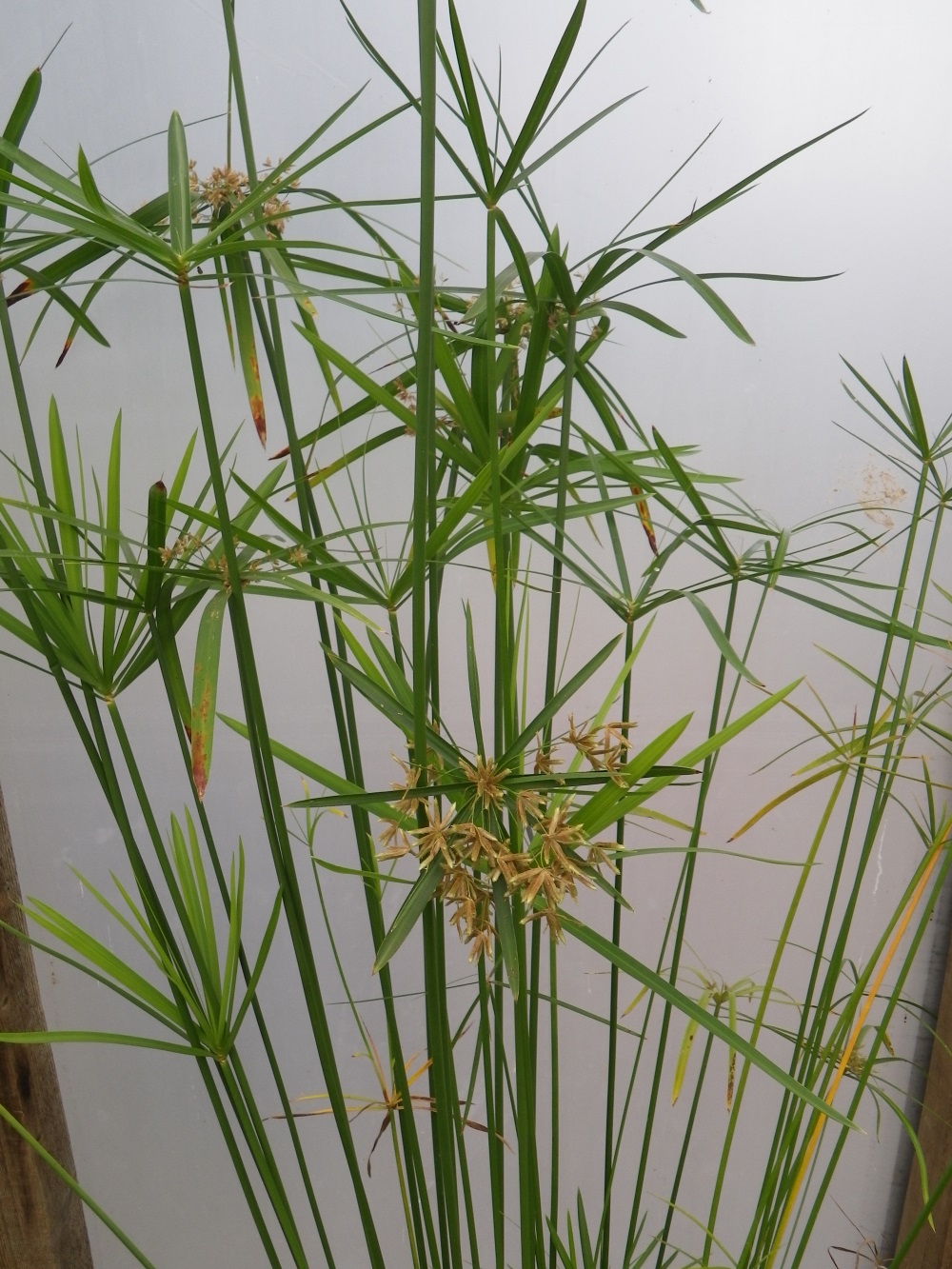Cyperus, a genus of flowering plants belonging to the sedge family, Cyperaceae, encompasses a diverse range of species known for their unique characteristics and adaptability. These plants, often referred to as umbrella plants, papyrus sedges, or nutsedges, have captivated gardeners and nature enthusiasts alike with their graceful foliage and resilience. In this comprehensive guide, we will delve into the fascinating world of Cyperus plants, exploring their diverse species, cultural significance, and care requirements.

The Cyperus genus boasts over 700 species, distributed across various continents in both tropical and temperate regions. These plants exhibit remarkable variation in size, with some species reaching towering heights of several meters, while others remain diminutive and compact. Common names associated with Cyperus include papyrus sedges, flatsedges, nutsedges, umbrella-sedges, and galingales.
Cyperus plants are easily recognizable by their distinctive features. They typically possess slender, grass-like leaves that emerge from the base of the plant. The most striking characteristic of many Cyperus species is their umbrella-like inflorescence, composed of numerous slender stalks radiating from a central point. These inflorescences can range in color from green to brown and often bear small, inconspicuous flowers.
Among the myriad of Cyperus species, several have gained popularity as ornamental plants. Some of the most well-known include:
Cyperus alternifolius (Umbrella Plant): This elegant species is prized for its graceful, umbrella-shaped clusters of slender leaves. It thrives in moist conditions and is often cultivated as a houseplant or in water gardens.
Cyperus plants have played a significant role in various cultures throughout history. The ancient Egyptians revered Cyperus papyrus, using its stems to create paper, baskets, and sandals. In some cultures, Cyperus species are associated with spiritual significance and are used in religious ceremonies. Additionally, certain species have been utilized for medicinal purposes, with their roots and rhizomes employed to treat various ailments.
Cyperus plants are relatively easy to cultivate and can thrive in a variety of settings. Here are some essential tips for growing these fascinating plants:
Light Requirements: Most Cyperus species prefer bright, indirect light. However, some can tolerate partial shade.
Cyperus plants can be propagated through various methods, including:
Division: Divide mature clumps of Cyperus during the spring or summer. Carefully separate the divisions, ensuring each has healthy roots and foliage. Plant the divisions in individual pots or containers.
Cyperus plants are generally resistant to pests and diseases. However, they may occasionally be affected by:
Mealybugs: These small, white insects can infest Cyperus plants, sucking sap from the leaves and stems. Control mealybugs by manually removing them or using insecticidal soap.
Q: How often should I water my Cyperus plant?
A: Cyperus plants prefer consistently moist soil. Water them regularly, ensuring the potting mix remains moist but not soggy. You may need to water more frequently during hot, dry weather.
Q: Can I grow Cyperus plants outdoors?
A: Yes, many Cyperus species can be grown outdoors in warm climates. However, they may require protection from frost during the winter months.
Q: How can I prevent my Cyperus plant from becoming leggy?
A: To prevent legginess, provide your Cyperus plant with adequate light. You can also pinch back the stems to encourage bushier growth.
Q: What are the benefits of having a Cyperus plant in my home?
A: Cyperus plants can help improve indoor air quality by removing toxins and increasing humidity levels. They can also add a touch of natural beauty to your home.
Cyperus plants, with their diverse forms and adaptability, offer a wealth of opportunities for gardeners and plant enthusiasts. Whether you prefer the elegant umbrella-shaped foliage of Cyperus alternifolius or the historical significance of Cyperus papyrus, there is a Cyperus species to suit every taste. By following the care guidelines outlined in this article, you can successfully cultivate these fascinating plants and enjoy their beauty for years to come.





:max_bytes(150000):strip_icc()/star-of-bethlehem-plant-profile-4774326-hero-943e35e2dc3049b1b2baa110d5fa0e71.jpg?w=200&resize=200,112&ssl=1)
